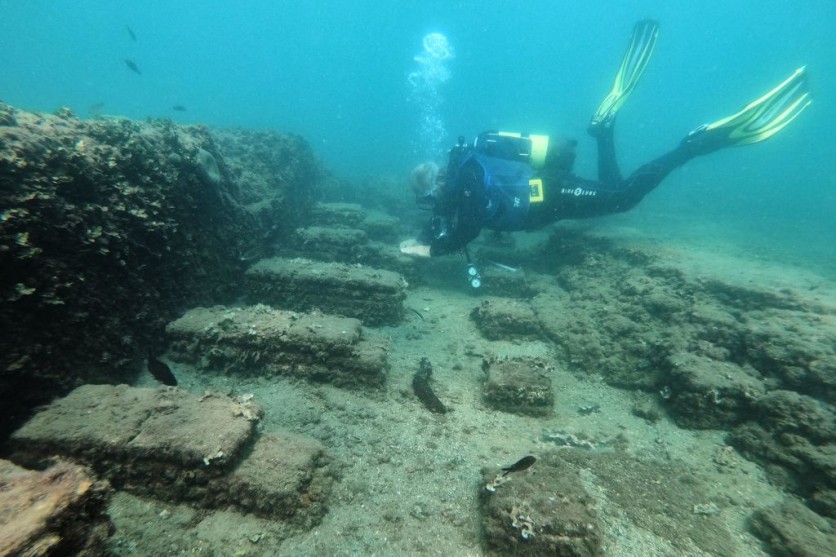Archaeologists may have found signs of ancient human civilization in an underwater trail of rock heaps that extends for kilometers beneath the waters of Lake Constance, as reported first by VICE.
The glacier lake flows between Germany, Austria, and Switzerland and according to a 2021 study, it was created by people who lived about 5,500 years ago.

Ancient Rock Formations
Since they were originally uncovered in 2015 by the Institute for Lake Research in Langenargen, the enormous cairns have sparked interest from the general public and several scholarly discussions.
Nearly 170 of these rock formations are lined up in a row several hundred feet off Lake Constance's southwest Swiss shore amid the lake's shallow waters.
Researchers at the Museum of Archaeology of the Canton of Thurgau, under the direction of Urs Leuzinger, have gathered convincing proof that the Neolithic-era humans who lived nearby created the rock formations.
The piles are remarkable structures that would have taken a lot of time and effort to construct because they are several dozen feet broad and can reach heights of up to six feet.
A 2021 study that was published in the Annual Review of Swiss Archaeology claims that the purpose of this 10-kilometer-long prehistoric feature is still shrouded in mystery.
The results of the investigation will be presented at this week's Bodensee Stonehenge (Lake Constance Stonehenge) pop-up exhibition at the Office for Archaeology Thurgau.
Neolithic Shoreline
According to Leuzinger in an email to VICE, the cairns were created by people directly on the Neolithic shoreline.
He added that climatic change has elevated the lake level to three to five meters higher since the shoreline is also dependent on the lake's seasonal fluctuations and snowfall in the Alpine range.
The 2021 study includes data from sediment cores and materials taken from the cairns that suggest they date back around 5,500 years. Studies into the nature of the underwater cairn site are still ongoing, as per VICE.
The majority of the work has been concentrated on cairn 5, but researchers are currently looking at a new structure that will be included in a future publication and may contain information on how ancient humans may have constructed these cairns.
Read Also : Archaeologists Find Possible Remnants of Medieval Thames River Under the Palace of Westminster
Pile-Dwelling Communities
The ruins of pile-dwelling communities, or stilt-house towns, that were constructed over the marshes surrounding this lake by Neolithic peoples have also been discovered by archaeologists.
Leuzinger hypothesizes that many of these settlements must have contributed to the formation of the cairns since it is too large to have been the product of the labor of a single community.
In addition, the team proposed that the piles might be platforms for fishing, graveyards, border defenses, a calendar based on solstices, or even some sort of cultic astronomical display.
The crew will need to conduct more dives and analyze the information that is brought up from this submerged structure to uncover the structure's mystery.
Related Article : Archaeologists Unearth Hundreds of Mummies on the Pyramid of a Mysterious Queen in Egypt
This article is owned by Tech Times
Written by Jace Dela Cruz
ⓒ 2025 TECHTIMES.com All rights reserved. Do not reproduce without permission.




